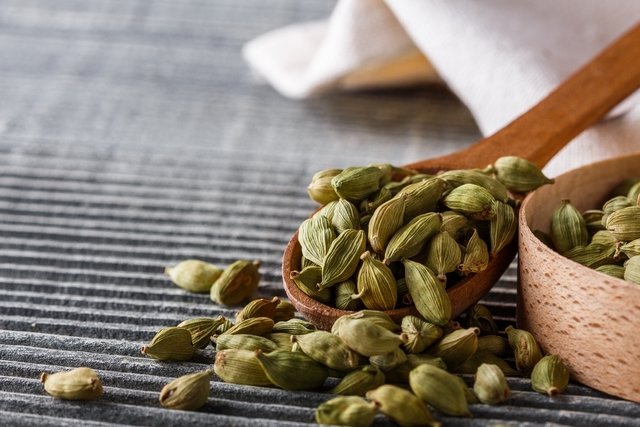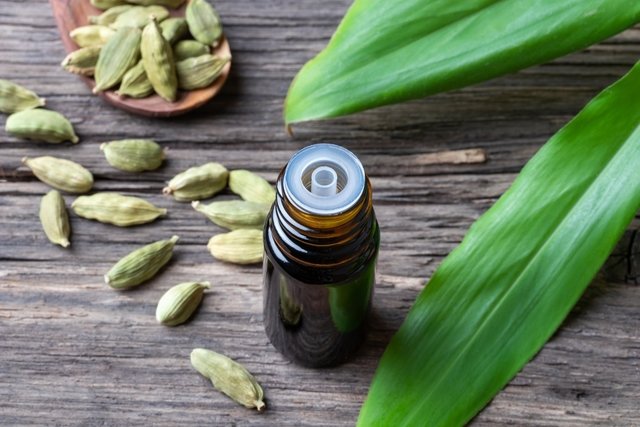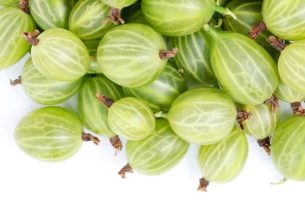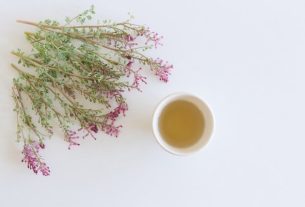Cardamom is an aromatic plant widely used in Indian cuisine, especially to season rice and meat. However, it can also be consumed in the form of tea, in addition to being used to prepare some desserts.
This plant is rich in flavonoids and other substances, which give it antioxidant, relaxing, anti-inflammatory and bactericidal properties, which can bring several health benefits, such as improving digestion, controlling blood pressure, reducing bad breath and even prevention of heart disease, cancer and diabetes.
The scientific name of cardamom is Elletaria cardamomumand can be purchased in health food stores, supermarkets and markets, in the form of berries, capsules, powder or as an essential oil.

What is it for
Cardamom is rich in vitamin C, flavonoids and antioxidants such as quercetin, kaempferol and luteolin. Therefore, it can be used to:
1. Maintain mouth health
Cardamom has antimicrobial and bactericidal action, preventing and combating cavities and other infections in the mouth, such as gingivitis and candidiasis. Furthermore, because it is refreshing, cardamom is widely used to prevent and combat bad breath.
2. Prevent nausea
Cardamom essential oil has antiemetic properties and is recommended in aromatherapy inhalations to help combat nausea, nausea or vomiting.
Cardamom is also recommended in the form of tea, as it has digestive properties, improving poor digestion and excess gas. See how to use cardamom tea to combat gas.
3. Control high blood pressure
The flavonoids and essential oils present in cardamom have anti-inflammatory action and protect the health of the arteries, helping to maintain balanced blood flow and controlling and preventing high blood pressure. Find out more about what high blood pressure is and how to avoid the disease.
Furthermore, cardamom has a diuretic action, stimulating the body to eliminate excess sodium through urine, thus controlling high blood pressure. Discover other natural diuretics that help control high blood pressure.
4. Prevent diabetes
Cardamom is rich in polyphenols with antioxidant and anti-inflammatory properties that improve the action of the hormone insulin. As a result, blood glucose is gradually absorbed by the body’s cells, preventing excess blood sugar and diabetes.
Furthermore, cardamom also improves the levels of irisin in the blood, a hormone produced with physical activity, even low-intensity physical activity, which regulates and improves insulin sensitivity, preventing diabetes.
5. Prevent cancer
Because it is rich in antioxidants such as tocopherol, quercetin and luteolin, cardamom prevents the formation of free radicals in the body, helping to prevent various types of cancer, such as lung, bladder and kidney cancer.
6. Help with weight loss
Cardamom promotes increased levels of the hormone irisin in the blood. As this hormone has a thermogenic function, it modifies metabolism, increasing energy expenditure and promoting weight loss.
Furthermore, by promoting the balance of the hormone insulin and having an antioxidant effect, cardamom reduces the absorption of fat from food, facilitating weight loss.
7. Reduce “bad” cholesterol
As it is a potent antioxidant, cardamom helps reduce the production of cholesterol and the absorption of fat from food in the intestine, reducing levels of “bad” cholesterol, LDL, in the blood.
Furthermore, cardamom is also a potent anti-inflammatory that promotes an increase in “good” cholesterol, HDL, contributing to the prevention of diseases such as atherosclerosis, heart attack and stroke.
8. Help in the treatment of fatty liver
Because it is rich in antioxidant polyphenols, such as luteolin and quercetin, cardamom reduces the production of free radicals, preventing excess fat in the liver and helping to treat fatty liver, also called hepatic steatosis.
Furthermore, cardamom is also a powerful anti-inflammatory, protecting and improving liver function.
How to use cardamom

Cardamom is a very versatile spice and can be used naturally in teas, as a substitute for garlic in sauteed rice or added to sweets such as puddings and jellies. You can also flavor bread, add it to meat sauce and fruit salads, for example.
-
Cardamom tea: To make tea, simply add 20 grams of cardamom powder to a cup of boiling water or 10 grams of seeds to 1 liter of boiling water, strain and drink after meals, preferably still warm;
- Essential oil: It can be diluted in vegetable oil, such as coconut or jojoba, and added to baths or used as a gargle. The essential oil can be used pure for inhalation as well;
- Capsule: Widely used in Ayurvedic medicine, the capsule should be taken with a glass of water before meals.
It is worth noting that it is important to consult a doctor or other health professional specialized in the use of medicinal plants before starting to use cardamom.
To obtain the benefits of cardamom, it is essential to maintain a healthy and balanced diet, in addition to practicing physical activity regularly.
Side effects and contraindications
Cardamom can cause the formation of gallstones and colic in some people. Therefore, this spice should not be used by people with gallstones.
Furthermore, cardamom should not be consumed by women who are pregnant or breastfeeding, as there is not enough data on the safety of using this spice in these cases.




